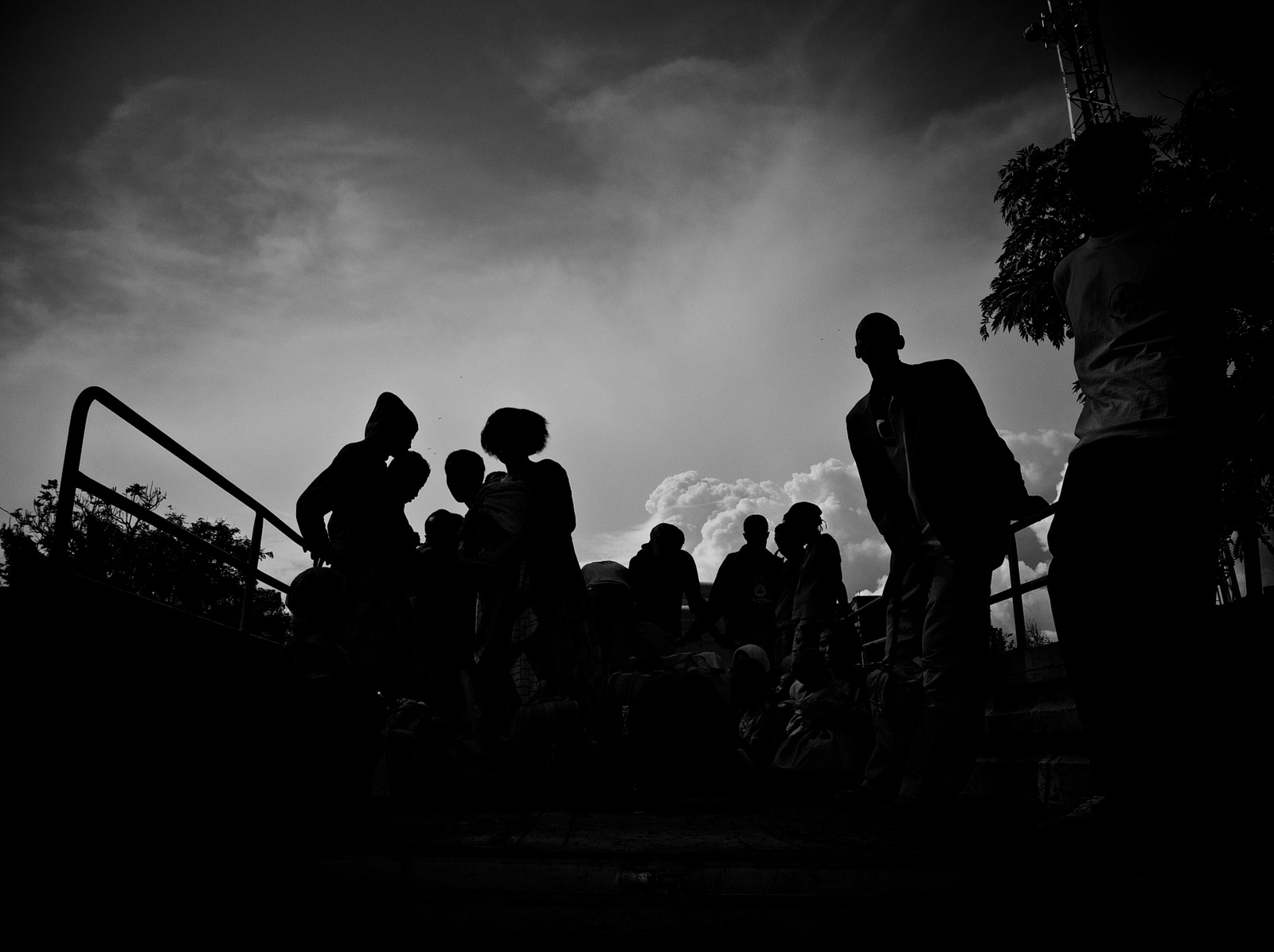Earlier this week, President Obama issued a memo that set the refugee cap at 70,000 refugees for the 2015 fiscal year. This is the same cap as Fiscal Year 2014, but the 2015 regional allotment for Latin America and the Caribbean decreased to 4,000 from 5,000. This region includes Honduras, Guatemala, and El Salvador, the origin countries of many of the children and families who have crossed the U.S. border to escape extreme violence. In his memo, the President specifically called for the development of programs that would allow eligible people in these three countries to apply for refugee status within their own countries.
Under both international and U.S. law, refugee status “may be granted to people who have been persecuted or fear they will be persecuted on account of race, religion, nationality, and/or membership in a particular social group or political opinion.” Refugees apply for status before they arrive in the United States, usually from a country other than their origin country. An in-country program allows potential refugees to apply for status without leaving their origin country. Historically, the United States has implemented similar programs for Vietnam and Haiti, both with the aim of preventing dangerous journeys for potential refugees.
White House officials expressed hope that this program should help with the flow of children crossing the border. However, the scope and the timeline of the program limit its impact. The programs will be set up so that legally present immigrants in the United States who have unmarried children under the age of 21 who live in one of the three countries may request a refugee interview for their children in-country. Parents who are undocumented would be unable to request this interview. Furthermore, the very threats that make someone eligible for refugee status could make it difficult for them to apply in-country. As Michelle Brané of the Women’s Refugee Commission points out, “In some of these cases, kids have a threat against their lives. They don’t have time to stand in line, file an application, come back later, stand in line again. They have to leave immediately.”
Any numbers of accepted refugees under this program would apply to the overall cap for the region, which for FY 2015 is only 4,000—compared to the over 66,000 children who arrived at our southwest border in FY 2014. The State Department, however, does not expect significant numbers under this program to apply to the FY 2015 cap, saying in their report that “Depending on when the in-country…program for minors in Central America is launched, a small number might be admitted in late FY 2015.”
The proposal to conduct refugee processing within Central America is an important acknowledgement of the dangers facing children in El Salvador, Guatemala, and Honduras. Whether it will be enough to staunch the flow of children and families from the affected regions of these countries remains to be seen.
Photo by Graham Holliday.
FILED UNDER: featured, Migration Policy Institute, Women’s Refugee Commission


